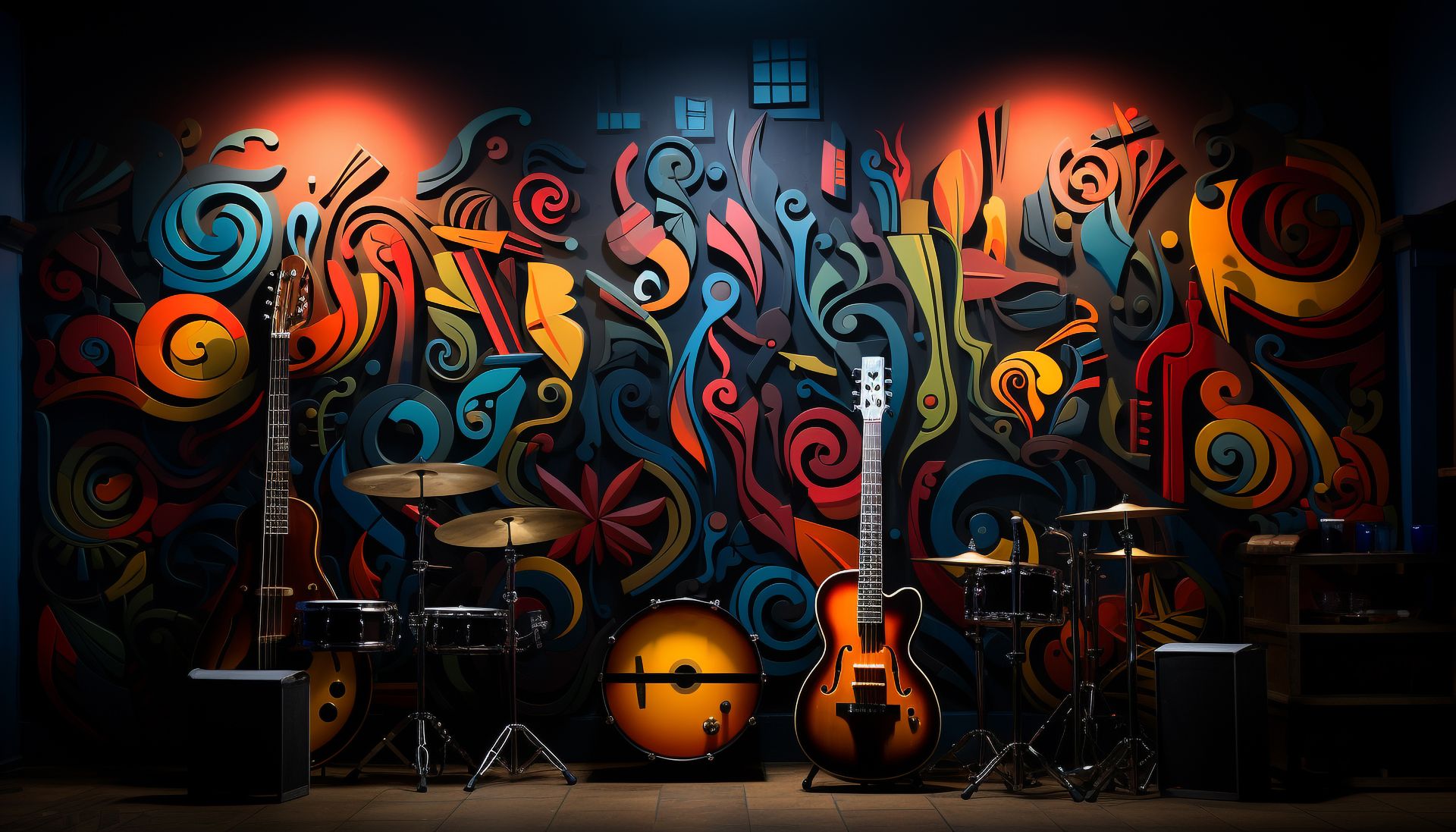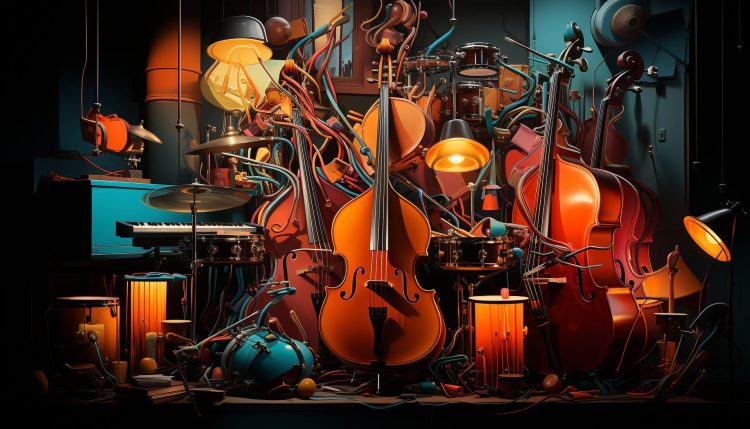Stable Audio Open creates a stride in AI-powered sound generation.
Its journey begins with Stability AI, a company best known for its creation of Stable Diffusion, an innovative AI art generator. Leveraging their expertise in artificial intelligence and machine learning, Stability AI has now ventured into the auditory domain with Stable Audio Open. This generative model is designed to create sounds and short musical pieces based on textual descriptions, a concept that has long intrigued both technologists and musicians alike.
The idea of machines generating art isn’t new. Historically, various attempts have been made to teach computers to compose music or produce visual art. Early efforts in AI music generation were often limited by the technology of the time, resulting in rudimentary outputs that were more novel than practical. However, with advancements in AI and machine learning, the potential for creating sophisticated and aesthetically pleasing music through artificial intelligence has dramatically increased. Stability AI’s journey from visual to audio generative models marks an interesting evolution, reflective of broader trends in AI development.

Stable Audio Open builds on the principles established by earlier AI projects but goes a step further by focusing on royalty-free recordings. This emphasis ensures that the generated content is both legally sound and accessible for a wide range of users.
The model’s ability to transform text descriptions into audio clips up to 47 seconds long is a testament to the sophisticated training it has undergone. Utilizing approximately 486,000 samples from sources like Freesound and the Free Music Archive, the model represents a new frontier in how AI can be used creatively.
What is Stable Audio Open?
At its core, Stable Audio Open functions by interpreting text descriptions to generate corresponding audio snippets. These snippets can range from drum beats to instrument riffs, ambient sounds, and various production elements suitable for multimedia applications, just like Suno AI.
The description might specify a particular style, such as “Rock beat played in a treated studio, session drumming on an acoustic kit,” and the model will then produce an audio clip that matches this description. The process is both intuitive and versatile, making it a valuable tool for creators in need of quick and specific sound elements.
The model’s training involved an extensive dataset comprising 486,000 samples from well-known free music libraries. This robust dataset provides the foundation for the model’s diverse output capabilities, allowing it to cover a wide range of sounds and musical styles. However, the dataset’s limitations also shape the model’s performance. For instance, Stability AI acknowledges that the model may not perform equally well across all musical styles and cultural expressions. This is due to inherent biases in the training data, which predominantly features certain styles and cultures over others.
Another notable feature of Stable Audio Open is its open-source nature. This allows users to fine-tune the model with their own audio data, tailoring it to meet specific needs. For example, a drummer could input their own drum recordings to refine the model’s ability to generate new beats that closely match their unique style. This customization potential makes Stable Audio Open not only a tool for general sound generation but also a highly adaptable asset for professionals with specialized requirements.

The constraints and controversies
Despite its innovative capabilities, Stable Audio Open has its limitations.
One significant restriction is its inability to produce full-length songs, melodies, or vocals at a high quality. The model is optimized for short audio clips and specific sound elements rather than complete musical compositions. For users seeking to create full songs, Stability AI recommends its premium Stable Audio service, which presumably offers more advanced features and capabilities.
Moreover, Stable Audio Open is not available for commercial use. The terms of service explicitly prohibit using the generated content for commercial purposes, which may limit its appeal to some potential users. This restriction ensures that the model remains a tool for personal and non-commercial creative projects, aligning with the open-source ethos but also reflecting the complexities of navigating copyright and commercial use in the digital age.
Stability AI’s focus on royalty-free recordings aims to sidestep some of the contentious issues surrounding AI-generated content and copyright. However, the broader debate about the use of copyrighted works for training AI models remains unresolved. The resignation of Stability AI’s VP of generative audio, Ed Newton-Rex, over disagreements on this issue highlights the ongoing tension within the industry. Newton-Rex’s departure underscores the challenges that companies like Stability AI face as they push the boundaries of what AI can do while navigating the legal and ethical implications of their innovations.

The future sound of creativity is here
Stable Audio Open represents a fascinating development in the use of AI for creative purposes. By enabling the generation of short, high-quality audio clips from text descriptions, it opens new possibilities for musicians, filmmakers, and content creators. The ability to fine-tune the model with custom data further enhances its utility, making it a flexible tool for a wide range of creative applications.
The model’s reliance on royalty-free recordings ensures that the generated content is free from the complications of copyright infringement, a significant consideration in the digital age. However, the model’s limitations, such as its inability to produce full-length songs and its restrictions on commercial use, highlight the ongoing challenges and areas for improvement in AI audio generation.
Stability AI’s commitment to open-source development is commendable, as it allows users to explore and expand the capabilities of Stable Audio Open. This approach fosters a collaborative environment where users can contribute to the model’s evolution and tailor it to their specific needs. As more users experiment with and refine the model, its potential applications are likely to expand, driving further innovation in the field of AI-generated audio.
Check the examples out using the link here.
Featured image credit: Stockgiu/Freepik





